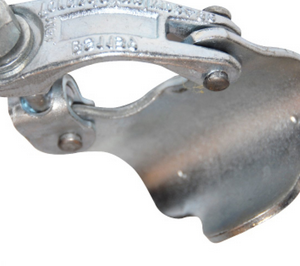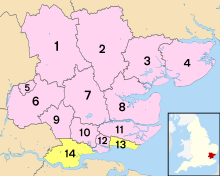Scaffolding is a structure made on the support of buildings for a short term, that supports the workers to reach elevated and difficult areas of a building under construction, renovation, bridges, and all man-made structures. This is also known as staging or scaffold. This is also used as a support form for concert stages, ramps, exhibitions, and many more things which need much higher elevation. Although it eases the process of working as without scaffolds it would be impossible to construct and maintain sky-touching buildings still it is a life hazard for workers. There always lies some ground for a worker to fall down and be seriously injured or die.
In the older era, Scaffolding Stevenage is said to be used for building big forts, temples, and for paintings on high walls. This technique is as old as the early 5th century BC. This technique started with the use of bamboo sticks and ropes. Bamboo sticks were aligned in a particular way on buildings and tied with the help of ropes. Though strong ropes were used there was a greater risk for people to fall. Even bamboo scaffolding’s use in buildings was first initiated in Hong Kong though there was an era in Hong Kong where labour for this work falls short because of prevailing fear in the people to lose their lives.

The modern era has witnessed significant growth in this field. With the growth of different materials and techniques, bamboo scaffolding has turned to different elements like steel and aluminium. The design has been modified many times in order to maintain maximum stability and bear maximum loads. The use of diagonal bracing and use of nuts and bolts to fix tubes has majorly contributed to this.
Three major materials used in scaffolding nowadays
- Tubes – The scaffolding with tubes have started decades back and still persisting for it reduces the chances of mishaps. There are two types of tubes used.
- Metal – They are generally made of steel and aluminium and manufactured at different heights. Although they are light in weight they are arranged in such a way that they can hold weights without breaking or bending. They are widely used being comparatively cheaper but cannot be used in sites where open electric cables cannot be avoided.
- Composite tubes– They are tubes that glass fiber as filament covered by nylon or polyester. These being costly and insulators of electricity, only are used where metal tubes are hazardous.
- Boards – These are surfaces on which workers stand or work. Boards come in different standard sizes used for different purposes and are protected by metal at both ends to ensure a connection with tubes. These are either made of wood or rubber base or scaffold. Scaffolds are used at rough places as they are flexible and adapt according to the surface shape.
- Couplers– Fittings that hold tubes together are called couplers. There are three different types of couplers called – swivel couplers, right-angle couplers, and putlog couplers. However, couplers alone cannot bear the load with their design.
There are many other components used in scaffolds as per the requirements and purpose of scaffolding. However, in some countries like India and China, bamboo scaffolding is still prevalent where strong ropes like nylon and coconut coir ropes are used.



